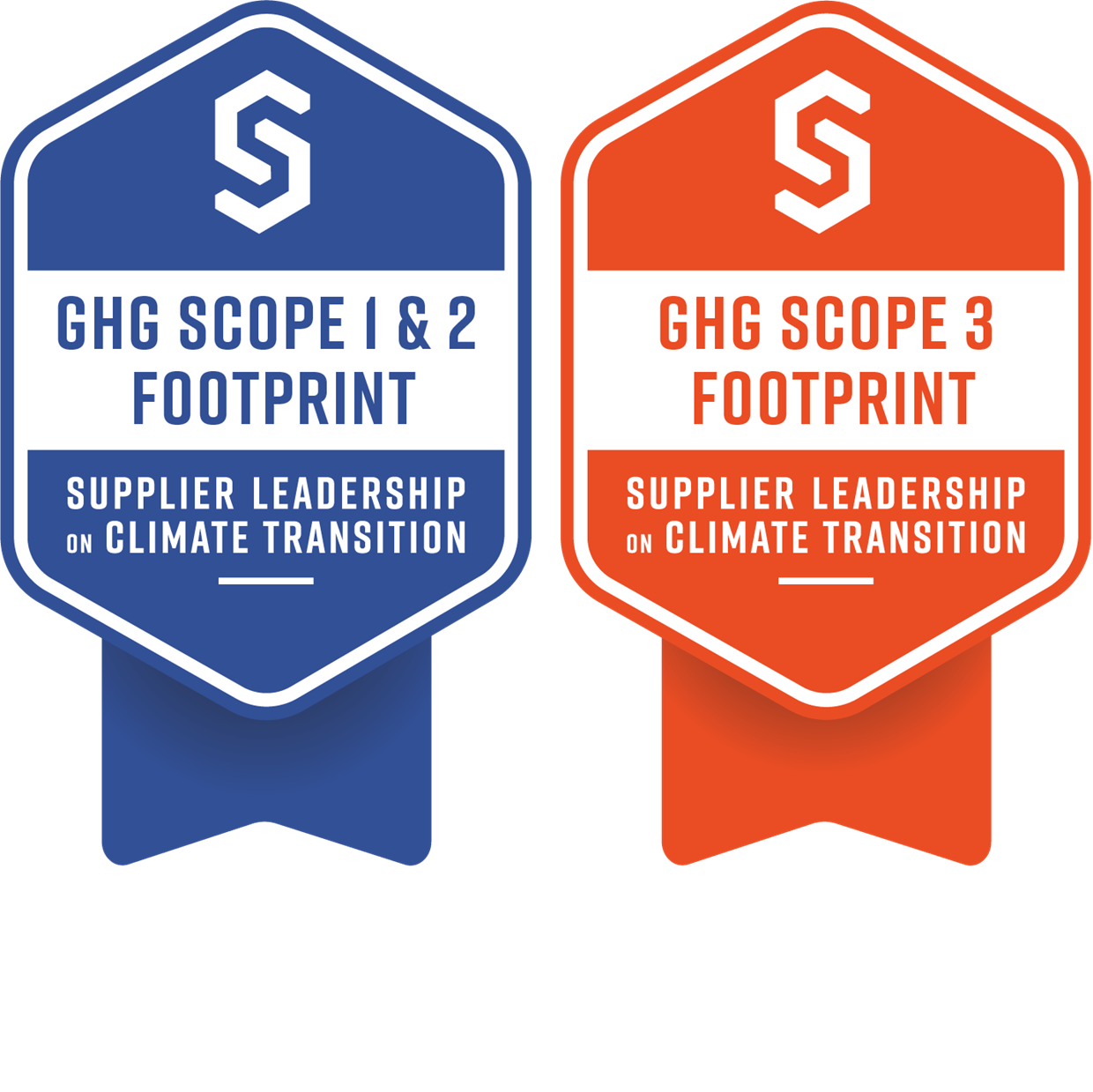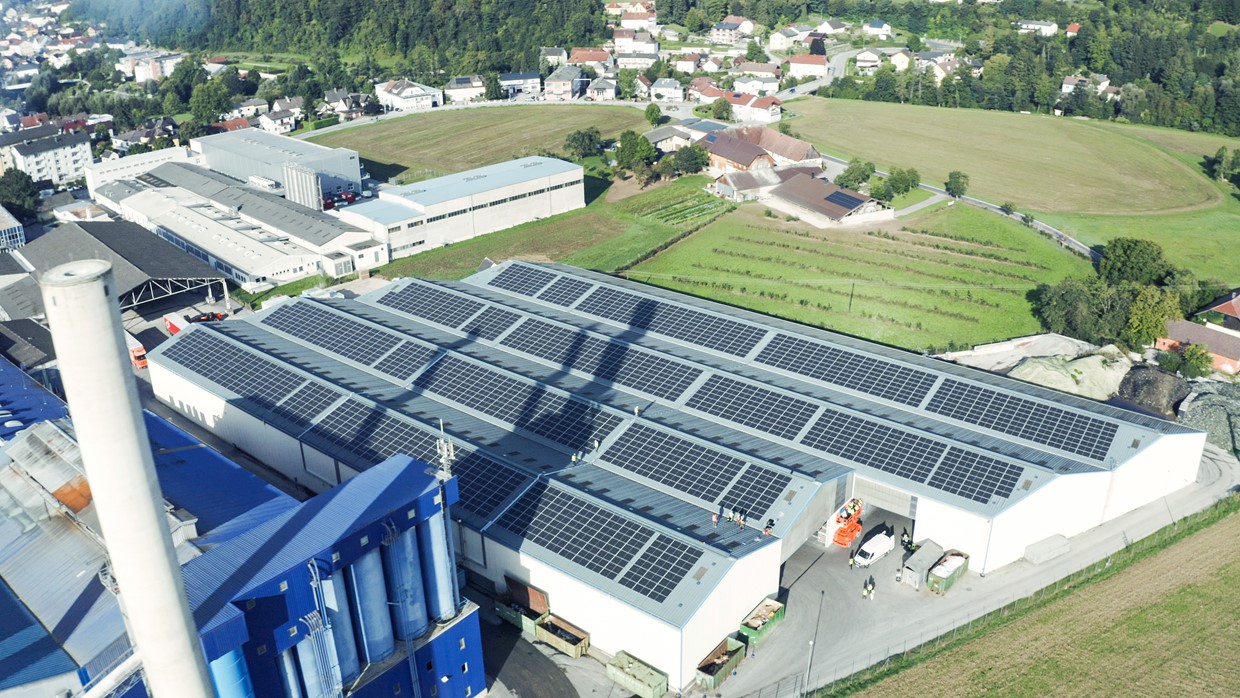- Letter from the Board of Directors
- Management report
- Key figures
- Foundations for success
- Business model
- Strategy 2030
- Risk management
- Stakeholders
- Organisation
- Sustainability
- ESG governance
- Material topics and SDGs
- Economic impact
- Environmental impact
- Social impact
- Governance
- Corporate Governance
- Board of Directors
- Management Board
- Additional information
- Remuneration
- Remuneration report
- Notes to the report
- CO reference table
- Statement by the Board of Directors
- GRI content index
- Due diligence and transparency
- Financial report 2023
- Vetropack Group
- Consolidated balance sheet
- Consolidated income statement
- Consolidated cash flow statement
- Changes in consolidated shareholders’ equity
- Consolidation principles
- Valuation principles
- Notes
- Ownership structure
- Company participations
- Five-year overview
- Vetropack Holding Ltd
- Commitment to the Science Based Targets initiative in 2022 and planned submission of an emission reduction target in 2024
- Development of the concept for a transition plan with final approval planned for 2024
- Objective of 30 percent reduction of CO2 emissions per metric ton of glass produced by 2030 as compared to 2019
- Comprehensive calculation of Scope 3 emissions
- Member of the International Partners in Glass Research (IPGR) industry association, which aims to reduce greenhouse gas emissions in glass production
- Health, Safety and Environmental Policy
- Regular audits conducted to determine potential for saving energy
- Planned emission reduction pathway as per the Science Based Targets initiative
“
The consequences of climate change demand immediate collective action. Given the high energy demand in the glass industry, we must meet our responsibilities and engage in active climate protection.
Nicolas Lootens, Group Sustainability Manager
SustainabilityClimate protection
Glass production requires large quantities of energy, resulting in the generation of greenhouse gas emissions. Vetropack is mindful of its corporate responsibilities, and we design our production processes to be as energy-efficient as possible. Technically optimised and innovative furnaces, sourcing of renewable electricity, and the use of recycled glass as a raw material: all these measures are helping us to put our climate protection ambitions into practice.
The effects of climate change are being felt all over the world, and they are also impacting Vetropack as an industrial enterprise. Given that the energy demand involved in glass production is very high, we need to optimise our processes and define ambitious reduction targets. Rising energy and CO2 prices are future climate-related risks and make it a matter of urgency to commit to efforts to protect the climate.
As things stand at present, natural gas is required as the main source of energy for heating the furnaces. However, greenhouse gas emissions in the form of CO2 are also generated by the process of melting raw materials to form glass. Greenhouse gas emissions in the upstream value chain can be mainly attributed to the production of raw materials (soda, dolomite, limestone and sand) and to transportation. Collaboration with our suppliers helps us to reduce emissions in the supply chain.
A comprehensive calculation of our upstream and downstream CO2 emissions showed that Scope 3 accounts for over 40 percent of our total emissions. The most relevant Scope 3 categories are ‘purchased goods and services’, ‘fuel- and energy-related activities’, ‘upstream and downstream transportation and distribution’ and ‘capital goods’.
Firmly entrenched climate targets in the company
Group-wide strategic thrusts to foster a responsible approach to the environment are enshrined in our Health, Safety and Environmental Policy. All our employees are expected to reduce environmental impacts whenever possible, and training on environmental awareness helps to achieve this. The Group Sustainability Manager designs and develops efforts to protect the climate, and the Sustainability Steering Committee approves them.
Climate targets are included in our Clearly sustainable strategic thrust which is an element of our Strategy 2030. By 2030, we are aiming for a 30 percent reduction of our CO2 emissions per metric ton of glass produced as compared to the 2019 level – and, whenever possible, we intend to produce renewable electricity ourselves.
So that we can effectively reduce our greenhouse gas emissions, we account for emissions in the Scope 1, 2 and 3 categories; we are also developing a roadmap for the decarbonisation of our processes. For these purposes, we identify various measures to reduce emissions and assess their effectiveness. We will approve a comprehensive decarbonisation roadmap in 2024.
By committing to the Science Based Targets initiative (SBTi) at the end of 2022, we are pledging to reduce emissions throughout our company in accordance with science, and we undertake to implement a science-based emission reduction pathway. We determined possible reduction pathways in 2023, and we shall submit a science-based climate target to the SBTi in 2024.
Effective measures to protect the climate
Furnace rebuilds and the construction of new furnaces give us our greatest leverage to reduce operational CO2 emissions. By making more efficient use of natural gas to generate the heat for the required melting processes and increasing the share of renewable electricity used in this process, we will reduce the negative impact on the climate from the manufacture of new glass products.
If furnaces need to be rebuilt, we optimise the processes at the same time so that energy efficiency is improved by 10 to 15 percent. We are also evaluating conversion to oxy-fuel, or hybrid furnaces, and we take part in research projects through the International Partners in Glass Research (IPGR) association.
We achieve significant emission savings by using recycled glass as a raw material: according to FEVE (the European Container Glass Federation), for example, a 10 percent admixture of cullet achieves energy savings of around 3 percent and cuts CO2 emissions by about 7 percent as compared to production of glass from raw materials. We are also doing more to investigate innovations such as reducing the percentage of soda. You can read more about this in the Innovation section.
Whenever possible, we produce our own electricity from photovoltaic systems. Going forward, we intend to increase our sourcing of renewable electricity through Power Purchase Agreements (PPAs) or to buy Guarantees of Origin (GoOs).
Electric vehicles
To reduce greenhouse gas emissions, we aim to only use electrically powered forklifts throughout the Group by 2030. Since 2020, Vetropack has opted for electric or hybrid vehicles in its own vehicle fleet.
Guidelines, policies, supervisory and control instruments
Progress and events in the reporting year
Supplier Leadership on Climate Transition (Supplier LoCT)In connection with the Supplier Leadership on Climate Transition (Supplier LoCT) initiative, the analysis modules on our own operations (Scopes 1 and 2) were completed in 2022; then in 2023, the focus shifted to Scope 3 emissions and the formulation of a greenhouse gas reduction target. We began developing a mitigation pathway to reduce greenhouse gases at the end of the year, and this work is due to be completed by the date of publication of this Report.
At the end of 2023, Vetropack earned the Supplier LoCT badges for the disclosure of its CO2 footprint in Scopes 1, 2 and 3. The badges demonstrate that our Scope 1, 2 and 3 emissions data are in line with the best practice standards of the GHG Protocol.
 Efficient processes at Boffalora sopra Ticino
Efficient processes at Boffalora sopra TicinoWe commissioned a new plant at Boffalora in 2023: in terms of resource-efficient production, this is a showpiece facility. Utilisation of waste heat allows exceptionally energy-efficient design of the processes here, so greenhouse gas emissions are reduced. All the forklifts have been equipped with modern low-consumption lithium batteries which not only reduce the duration of the charging cycles, but also improve the efficiency of the charging process. Moreover, we are evaluating the construction of a photovoltaic plant with potential of about 7 MW.
Photovoltaic systems in KremsmünsterWe have installed two new photovoltaic systems at our site in Kremsmünster. They produce about 6 percent of the plant’s total electricity requirement.
 Optimised furnace in Kyjov
Optimised furnace in KyjovOne furnace at our Kyjov plant was rebuilt in 2023. Gains in energy efficiency are being achieved thanks to the improved design. We therefore expect a year-on-year reduction of around 13 percent in CO2 emissions per metric ton of glass produced.
Contribution to achieving the SDGs
As an industrial enterprise with a significant energy demand in our production, Vetropack is able to influence SDG 13. Increasing the energy efficiency of our furnaces saves greenhouse gas emissions and promotes protection of the climate. Glass can be produced with lower emissions by using recycled glass as a raw material. Our climate targets and the decarbonisation roadmap will help us to play our part in achieving SDG 13.
Performance indicators
Energy consumption
2023
in %
2022
in %
Total energy consumption in GWh
2 747
2 563
Electricity
433
16%
439
17%
Natural gas
2 299
84%
2 119
83%
Other (Heating oil, diesel, petrol…)
14
<1%
5
<1%
Specific energy consumption in MWh/t 1)
1.97
1.72
1) Per metric ton of glass produced that satisfies all quality and safety requirements thus qualifying for sale
Greenhouse gas emissions
2023
in %
2022
in %
Scope 1 + 2 greenhouse gas emissions in tCO 2 e 1)
652 566
610 789
Scope 1 natural gas
421 510
65%
389 819
64%
Scope 1 process emissions
104 921
16%
126 488
21%
Scope 1 other fuels and refrigerant leakages
2 625
1%
N/A
Scope 2 electricity 2)
123 511
19%
94 482
15%
Specific greenhouse gas emissions in tCO 2 e/t 3)
0.468
0.407
Scope 3 greenhouse gas emissions in tCO 2 e 4)
N/A
493 795
1) Greenhouse gas inventory calculated in accordance with the Greenhouse Gas Protocol. Emission factors used for the calculations of Scope 1 are from DEFRA 2023 for 2023 and DEFRA 2022 for 2022. Emission factors used for Scope 2 location-based are from IEA 2023 for 2023 and IEA 2022 for 2022. For 2022 natural gas has been recaclulated with adjusted emission factors.
2) Emissions for 2023 and 2022 are calculated acc. to the market-based approach (using energy certificates – where available – which represent approx. 92% (2023) and 43% (2022) of overall electricity consumption). According to the location-based approach, 106'540 tCO2e and 113'371 tCO2e result for 2023 and 2022, respectively.
3) The specific greenhouse gas emissions were calculated on the basis of Scope 1 and 2 emissions. Per metric ton of glass produced that satisfies all quality and safety requirements thus qualifying for sale. For 2022 natural gas has been recaclulated with adjusted emission factors.
4) Vetropack's reporting of their Scope 3 greenhouse gas emissions is delayed by a year. Therefore, no value is indicated in current reporting period.
Total energy consumption by source
in %
Greenhouse gas emissions (Scope 1 + 2) by source
in %
* market-based
Composition of Scope 3 emissions by category in 2022
in tCO2e
Greenhouse gas emissions Scope 1 + 2
tCO2e
* market-based
Greenhouse gas emissions Scope 3
in tCO2e
Increase in greenhouse gas emissions
Despite climate protection efforts, energy efficiency deteriorated and greenhouse gas emissions intensity increased in the year under review. Vetropack attributes this to a reduced production and to the stopping and starting of several furnaces and production lines.
- Vetropack Group
- Corporate Governance
- Governance
- Social impact
- Environmental impact